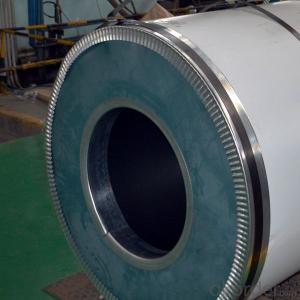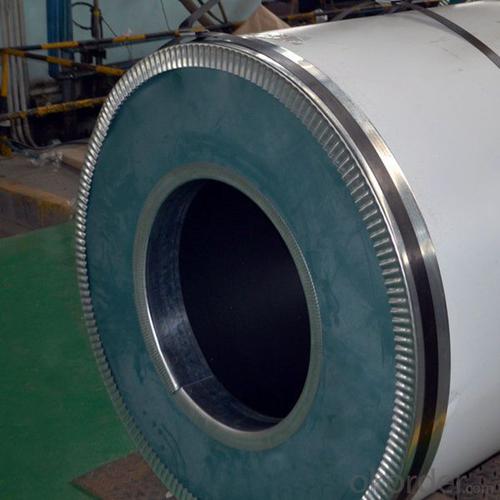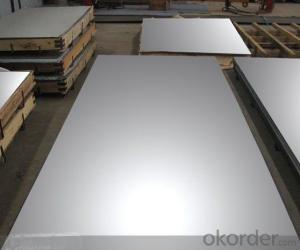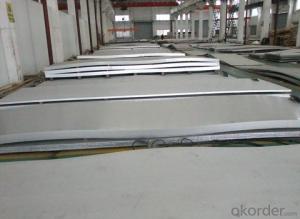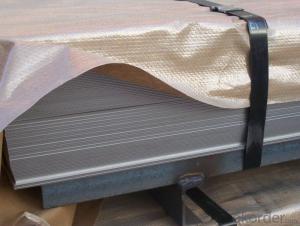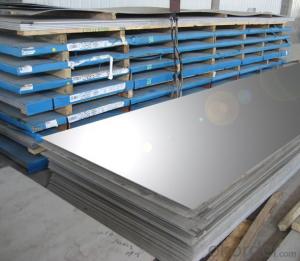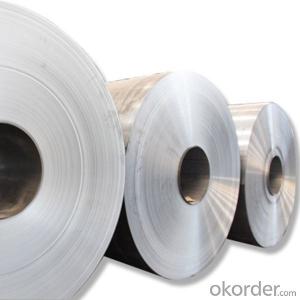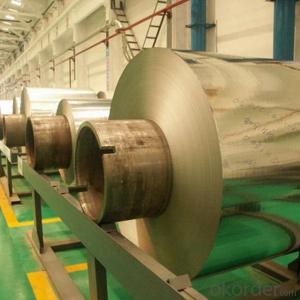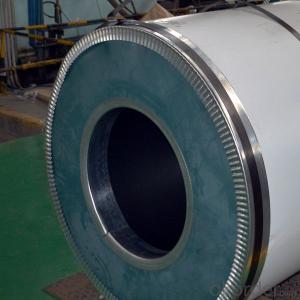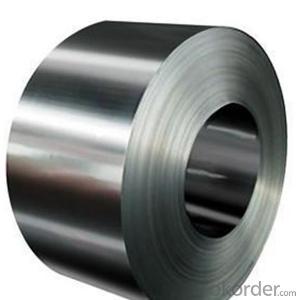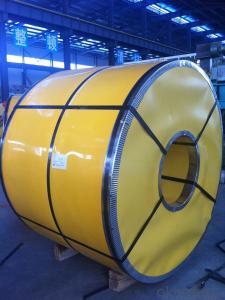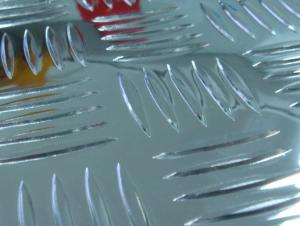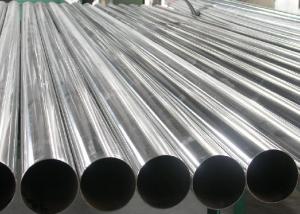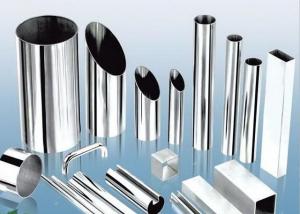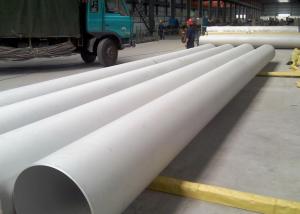Cold Rolled Stainless Steel Sheets Grade 316 NO.2B Finish
- Loading Port:
- China main port
- Payment Terms:
- TT OR LC
- Min Order Qty:
- 20 m.t.
- Supply Capability:
- 1000 m.t./month
OKorder Service Pledge
OKorder Financial Service
You Might Also Like
Specification
Products Description for Stainless Steel Coils/Sheets:
Prodcut:Stainless Steel Coil
Thinckness: 0.20mm-8.0mm
Width:1000mm, 1219mm(4 feet), 1250mm, 1500mm, 1524mm(5 feet),
1800mm, 2000mm, 2200mm, 2500mm,and customizable
Ni:0.8~1.2% Cu:1.4~1.5% Cr:14
Standard: ASTM, JIS, GB, BS, DIN etc
Grade: 200series&300series&400series
Surface finish: 2B, BA, 8K, 6K, Mirror Finished, No1, No2, No4, Hair Line with PVC
Manufacture technology: cold rolled/hot rolled
Thickness Tolerance: +/-0.1mm
Width Tolerance: +/-10mm
200 Seriers: 201,202
300 Seriers: 301, 304, 304L, 316L, 309, 310S,321
400 Seriers: 410, 410S, 409L,430
Features of Stainless Steel Coils
(1)Good ductility
(2)Good corrosion resistance
(3)Excellent abrasion resistance and fatigue strength
(4)Good weldability
(5)Oxidation resistant performance
(6)Excellent in high temperature
Payment&Delivery for Stainless Steel Coils/Sheets:
Payment Terms | 100% LC at sight,or 30%TT in advance, balance against B/L copy |
Delivery Time | With 30-40 days after deposit |
Price Terms | Ex-Work, FOB, CNF, CFR, CIF,etc |
Application of Stainless Steel Coils
(1)Boiler heat exchanger,
(2)Chemical industries,
(3)Hardware fields,
(4)Construction material,
(5)Kitchen utensils,
(6)Building construction,
(7)Medical equipment,
(8)Chemical tank,
(9)Pipe etc

Export Markets for Stainless Steel Coils/Sheets:
Our target market is the international market. Every year we export most of products to countries like India, Pakistan, South Korea, Brazil, Australia, South Africa, Spain, Sri Lanka, Taiwan, Hong Kong, etc.
- Q: What are the benefits of using perforated stainless steel sheets in acoustics?
- When it comes to acoustics, there are several advantages to using perforated stainless steel sheets. Firstly, they have excellent sound absorption properties. The evenly distributed perforations in the sheets help to scatter sound waves, reducing their energy and preventing them from bouncing back into the room. This reduces echo and reverberation, creating a more comfortable and clear acoustic environment. In addition, these sheets can be customized to meet specific acoustic requirements. The size, shape, and pattern of the perforations can be adjusted to achieve different levels of sound absorption. This allows for precise control over the acoustics of a space, making it suitable for various applications such as concert halls, recording studios, theaters, or office spaces. Moreover, perforated stainless steel sheets are highly durable and long-lasting. They are resistant to corrosion, making them capable of withstanding harsh environments without deteriorating over time. This makes them suitable for both indoor and outdoor use, ensuring consistent acoustic performance for many years. Furthermore, these sheets offer an aesthetic appeal. The perforations can be designed in different patterns and sizes, providing a visually pleasing and modern look. This makes them a popular choice for architectural and design applications, where both acoustics and aesthetics are important. In conclusion, perforated stainless steel sheets offer excellent sound absorption, customization options, durability, and an attractive appearance. These qualities make them a versatile and effective solution for improving the acoustic performance of various spaces.
- Q: Can stainless steel sheets be used for food packaging?
- Yes, stainless steel sheets can be used for food packaging. Stainless steel is a popular choice for food packaging due to its numerous advantages. It is a durable and strong material that provides excellent protection for food products. Stainless steel is also resistant to corrosion, making it safe for direct contact with food. Additionally, stainless steel is easy to clean and maintain, ensuring proper hygiene standards are met. Furthermore, stainless steel sheets can be easily shaped and formed into various packaging designs, allowing for versatility in packaging solutions. Overall, stainless steel sheets are a reliable and safe choice for food packaging applications.
- Q: What is the difference between stainless steel sheets and plates?
- Stainless steel sheets and plates, widely utilized across various industries and applications, possess distinct dissimilarities. Firstly, concerning thickness, sheets are generally thinner compared to plates. Sheets typically range from 0.4mm to 4mm, whereas plates commence at 4mm and extend to several inches. Secondly, their sizes differ. Sheets are commonly available in standard dimensions of 4ft x 8ft or 5ft x 10ft, while plates usually come in larger sizes and can be tailored to specific measurements. Plates are commonly employed in heavy-duty applications, necessitating enhanced strength and durability. Thirdly, weight plays a role in distinguishing the two. Due to the variance in thickness, plates generally possess greater weight than sheets. This characteristic renders plates more suitable for weight-bearing applications, such as construction, shipbuilding, or industrial equipment. Fourthly, the applications of sheets and plates differ. Stainless steel sheets are often employed for decorative purposes, architectural applications, and smaller-scale projects like kitchen backsplashes or countertops. Conversely, plates are favored for structural components, machinery parts, and load-bearing applications, like bridges, tanks, or pressure vessels. Lastly, cost distinguishes sheets from plates. Stainless steel plates are typically more expensive than sheets due to their larger size and increased thickness. Sheets, being thinner and smaller, are usually more cost-effective and readily accessible. In summary, the key distinctions between stainless steel sheets and plates encompass their thickness, size, weight, applications, and cost. It is imperative to consider these factors when selecting the appropriate material for a specific project or application.
- Q: What are the common uses of stainless steel sheets?
- Stainless steel sheets possess distinctive properties and versatility, enabling them to be widely utilized in a myriad of applications. Some of the most prevalent uses are as follows: 1. Within the construction industry, stainless steel sheets are extensively employed for roofing, cladding, and facades. The combination of their exceptional durability, resistance to corrosion, and contemporary aesthetic appeal renders them highly desirable. 2. The automotive sector also benefits from the utilization of stainless steel sheets, particularly in the production of components such as exhaust systems, grilles, trims, and decorative elements. Their capacity to withstand heat, corrosion, and impact makes them an ideal choice for these purposes. 3. In the manufacturing of kitchen appliances like refrigerators, ovens, dishwashers, and sinks, stainless steel sheets are commonly employed. Their hygienic properties, stain resistance, and ease of maintenance contribute to their popularity in these applications. 4. The food processing industry extensively relies on stainless steel sheets due to their non-reactive nature and ease of cleaning. They are employed in the fabrication of equipment such as storage tanks, conveyor systems, work surfaces, and food preparation tables. 5. The manufacturing of medical equipment and devices heavily relies on stainless steel sheets. They are instrumental in the production of surgical instruments, dental tools, implantable devices, and hospital furniture owing to their biocompatible nature, corrosion resistance, and ease of sterilization. 6. In the aerospace industry, stainless steel sheets find application in the construction of aircraft components such as fuselage frames, engine parts, and landing gear. Their exceptional strength-to-weight ratio, resistance to extreme temperatures, and corrosion resistance render them suitable for these demanding applications. 7. Within the energy and power generation sectors, stainless steel sheets are commonly employed in power plants, oil refineries, and chemical processing plants for the construction of equipment like heat exchangers, boilers, and storage tanks. Their ability to withstand high temperatures, pressure, and corrosive environments is indispensable in these industries. 8. Stainless steel sheets also serve decorative purposes in architecture and interior design. They can be utilized to create unique and modern finishes on walls, ceilings, furniture, and decorative panels. In conclusion, stainless steel sheets are a versatile material that finds application in various industries due to their exceptional properties, including corrosion resistance, durability, hygienic properties, and aesthetic appeal.
- Q: Are stainless steel sheets suitable for water treatment facilities?
- Yes, stainless steel sheets are highly suitable for water treatment facilities. Stainless steel is known for its corrosion resistance, which is crucial in an environment where water and chemicals are constantly present. It is resistant to rust and degradation, ensuring the longevity and durability of the sheets. Additionally, stainless steel is easy to clean and maintain, making it an ideal choice for facilities that require regular hygiene and sanitation. The material is also highly resistant to heat and extreme temperatures, ensuring its performance even in demanding conditions. Moreover, stainless steel is non-reactive, meaning it does not release harmful substances into the water during treatment processes, making it safe and reliable for water treatment applications.
- Q: What is the electrical resistivity of stainless steel sheets?
- The electrical resistivity of stainless steel sheets typically ranges from 70 to 80 micro-ohm centimeters (µΩ·cm).
- Q: How do you remove heat discoloration from stainless steel sheets?
- To remove heat discoloration from stainless steel sheets, you can try using a stainless steel cleaner or polish specifically designed for removing heat stains. Apply the cleaner to the affected area and gently rub it in using a soft cloth or sponge, following the grain of the stainless steel. Rinse with water and dry thoroughly. However, if the discoloration persists, it is recommended to consult a professional for further assistance.
- Q: 420 stainless steel, there is no good 304
- 420 and 304 is not the same type of stainless steel, is 420 stainless iron, nickel containing little, 420 series stainless steel cutter belongs to the material processing of finished products and then quenching hardness is high, the 304 is rust resistant stainless steel material, widely used, the price is slightly more expensive than the 420, at about 20 yuan a kilogram.
- Q: How do I prevent finger marks on stainless steel sheets?
- To prevent finger marks on stainless steel sheets, you can try a few simple steps. Firstly, make sure to clean the sheets regularly using a mild detergent or stainless steel cleaner to remove any existing fingerprints. Next, consider applying a protective coating or film specifically designed for stainless steel surfaces, which can provide a barrier against smudges and fingerprints. Additionally, try to handle the sheets with clean and dry hands to minimize the transfer of oils and dirt. Finally, consider using microfiber or lint-free cloths for cleaning instead of rough materials that can leave scratches or streaks.
- Q: What are the common grades of stainless steel sheets used in construction?
- Stainless steel sheets used in construction are typically classified into three common grades: austenitic, ferritic, and duplex stainless steels. The most widely used grades are austenitic stainless steels, including 304 and 316, which are known for their excellent corrosion resistance and high strength. These grades are commonly applied in architectural applications, roofing, cladding, and structural components. On the other hand, ferritic stainless steels, represented by 430, possess good corrosion resistance and high toughness, making them suitable for applications that prioritize strength and durability. They are often utilized for decorative purposes, interior design elements, and automotive trim. Meanwhile, duplex stainless steels like 2205 offer a combination of outstanding corrosion resistance and high strength, making them ideal for heavy-duty construction applications. These grades are frequently used in bridges, offshore structures, and industrial plants where superior strength and resistance to chloride-induced stress corrosion cracking are necessary. It should be emphasized that the choice of stainless steel sheet grade depends on the specific requirements of the construction project, including the environment, load-bearing capacity, and aesthetic considerations. Seeking advice from a materials engineer or a stainless steel supplier can help determine the most suitable grade for a particular construction application.
Send your message to us
Cold Rolled Stainless Steel Sheets Grade 316 NO.2B Finish
- Loading Port:
- China main port
- Payment Terms:
- TT OR LC
- Min Order Qty:
- 20 m.t.
- Supply Capability:
- 1000 m.t./month
OKorder Service Pledge
OKorder Financial Service
Similar products
Hot products
Hot Searches
Related keywords
